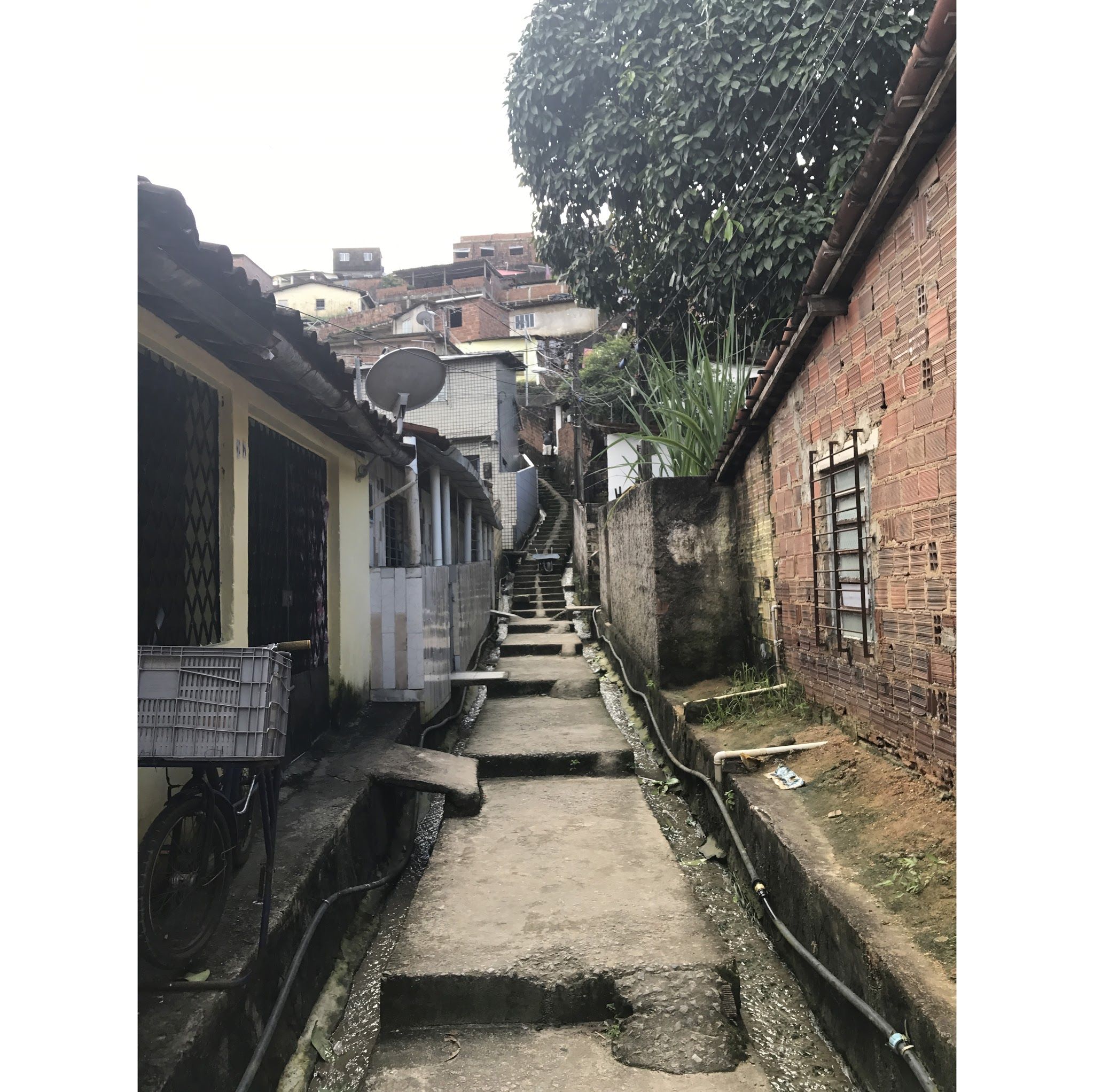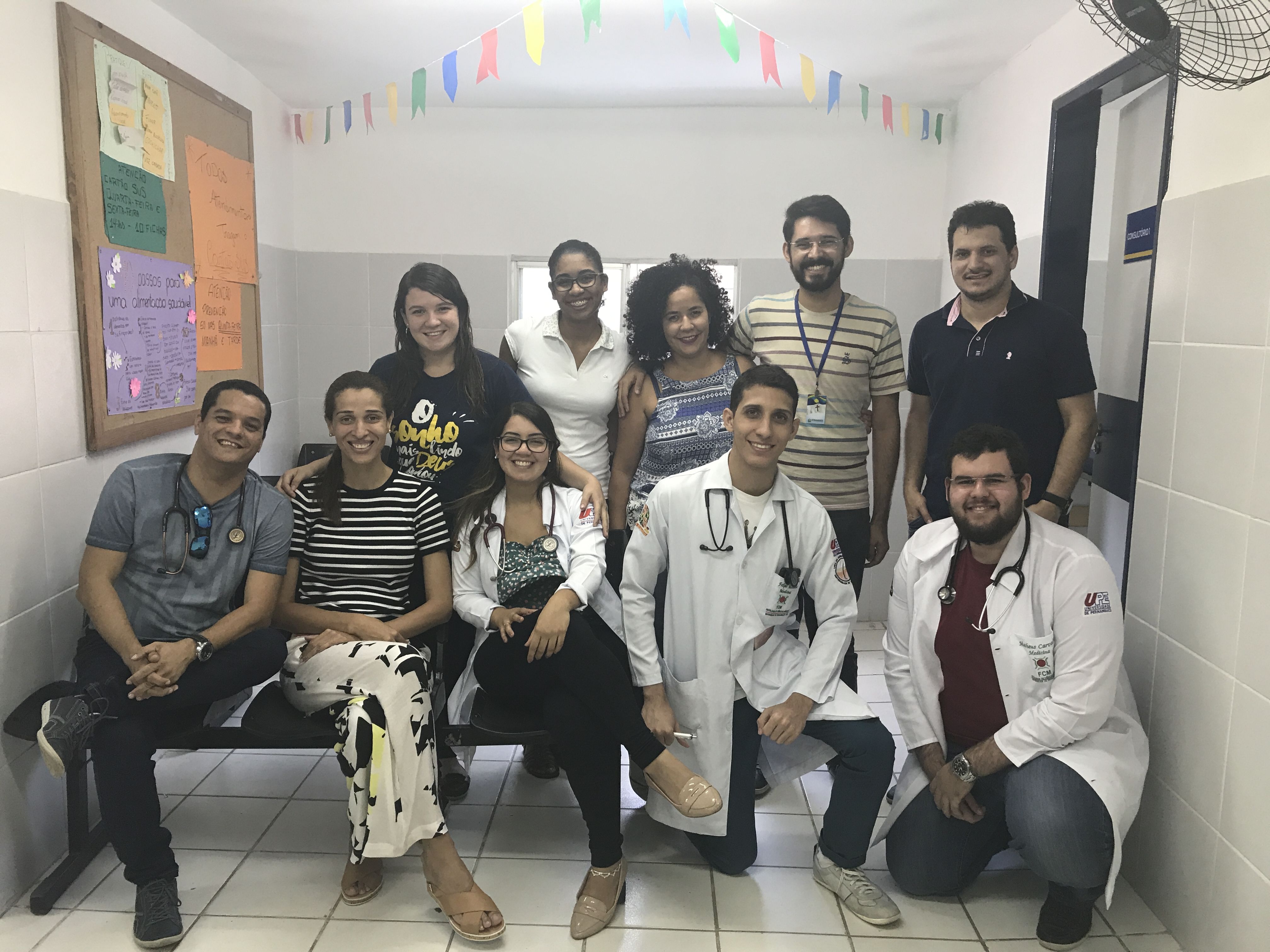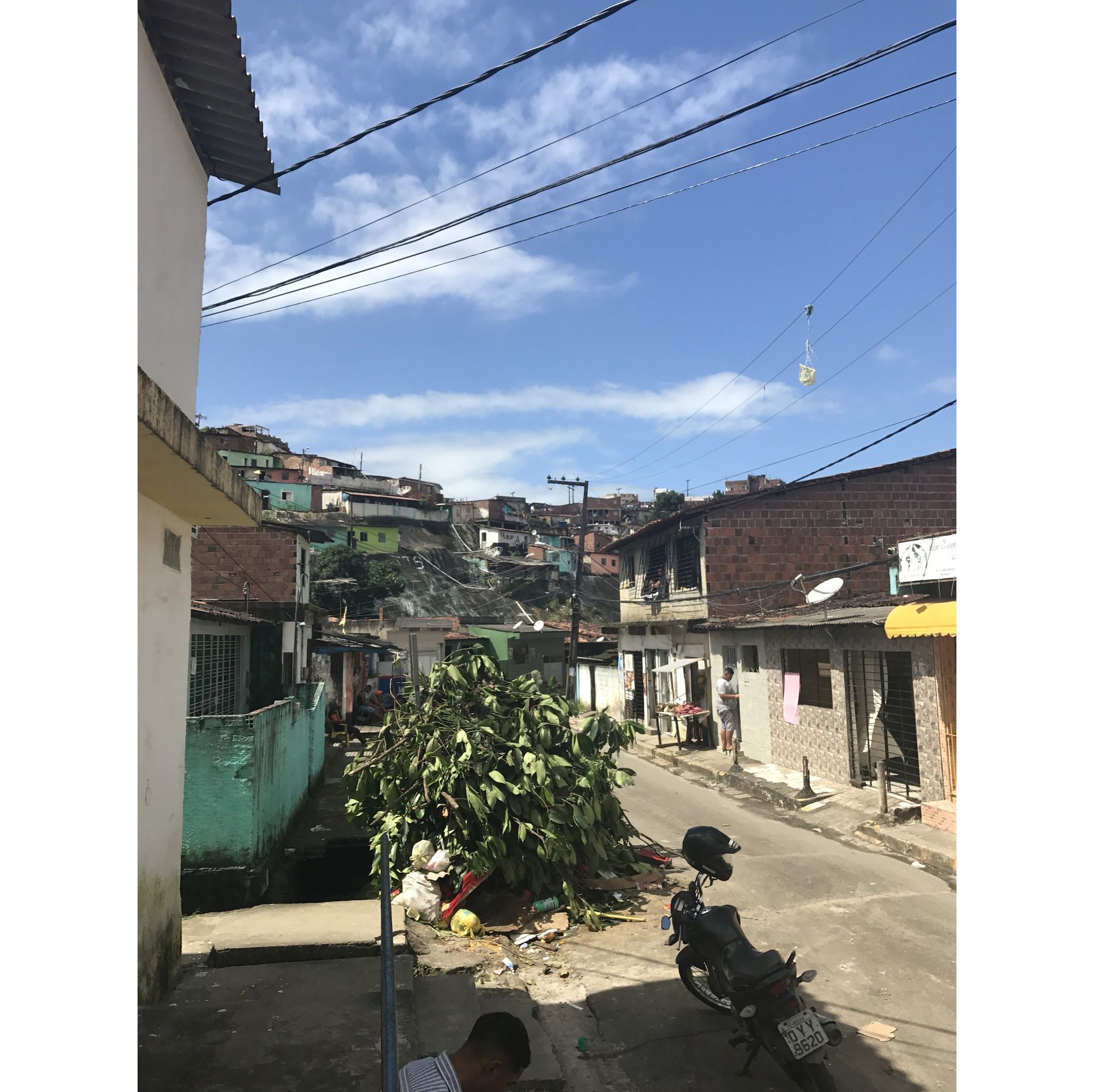RECIFE, Brazil—Given my interest in community-based public health, I jumped at the invitation to visit a Unidade de Saúde da Família (USF), or Family Health Unit, in a neighborhood of Recife known as Córrego do Eucalipto. Brazil’s national health system has managed to reach near universal coverage of its population through an impressive scale-up of its primary healthcare strategy—at the heart of which are these USF units. In theory, each USF should be staffed by a multidisciplinary healthcare team that is responsible for a certain catchment within the community. USFs are the first point of contact with the healthcare system, and their focus is disease prevention and health promotion.
It took my interpreter and me nearly one and a half hours to reach the USF, tucked away on a narrow street in the hills north of the city. The change in terrain was one of the first things to strike me. As we drove away from the city center, flat roads and high-rise buildings turned into windy streets on steep inclines. We twisted our way up the hillsides, which were dense with colorful, makeshift homes stacked on top of one another in a delicate balance.
I asked Talita Rodrigues, 26, the resident psychologist at the USF, if this neighborhood was considered a favela, which loosely translates to shantytown or urban slum. Her response surprised me. “At first, any suburban area with primarily black residents was considered a favela,” she said, “but then people decided that using the term would stigmatize the area and ultimately criminalize it. So now, officials often refer to this area as a ‘periphery region'. But, some people from the community are fighting to have it be called a favela. They don’t want their realities to be masked and erased. Functionally, this is a favela, no matter what you call it.”
Providing some context for the favela’s development, Talita said that in the early 1900s, “former slaves tried to occupy the center of the city, but slowly they were pushed to the hills, to the areas that we are in now. That’s why there is a higher concentration of black people here than you will see in the city. Even after slaves were freed, there were no policies to help with integration.”
Gerson da Silva, 25, is the resident sanitarian at the USF. His position is essentially that of a community epidemiologist—he investigates and interprets disease patterns.
Gerson described the link between built environment and health outcomes in the community. “How disease spreads in this area is very related to the physical territory. We have a big problem with trash and pollution. Because of the steepness of the hills, there is no sewage or waste management system. Instead, residents are asked to carry their trash to the lower areas for collection on specific days. However, it is hard for people to keep track of trash collection periods, so they end up bringing down their trash at all times of the day, and it starts building up. When it rains, the water spreads the trash all over the streets.”
“We also see joint pain in a lot of community members,” he continued, “as a result of both chikungunya and being forced to climb so many stairs up the hill slopes.”
As a psychologist, Talita said she encounters many cases of depression, suicide attempts, and “lifestyle conditions,” such as high blood pressure. “I think all of this has to do with the historical trauma of slavery that is carried generationally, combined with the current lack of policies and investment to prevent these conditions,” she said. “In the community, there are no parks or public spaces, no schools or daycares. The only leisure activity kids have is kite flying.”
Talita believes that the neglect of the community has created conditions for violence, especially among youth. “Drug dealing and drug trafficking are very common, but they are seen as criminal issues to be dealt with by the police, not as public health problems, so they don’t involve us [health professionals] in the response.”
The hills, once again, play a role in how the issue of drug violence is being addressed. “The police are afraid to go into the hills, because they don’t know their way around and don’t know what’s hidden there,” Talita explained. “So, they tend to stay in the lower areas, and they don’t come here unless it is to arrest or to kill.”
When I left the USF later that afternoon, evidence of Talita and Gerson’s words became visible—I saw what I hadn’t before. Outside of the health unit, at the base of a stretch of stairs ascending into the hills, was a looming pile of trash.
I traced the stairs with my eyes, trying to follow their twisted path upwards, awed by their power to shape a community.
Interpretation was provided by Rafael Alkalai, Tiago Cabral, Adriana Bentes dos Santos, and Margarida Corrêa Neto.





